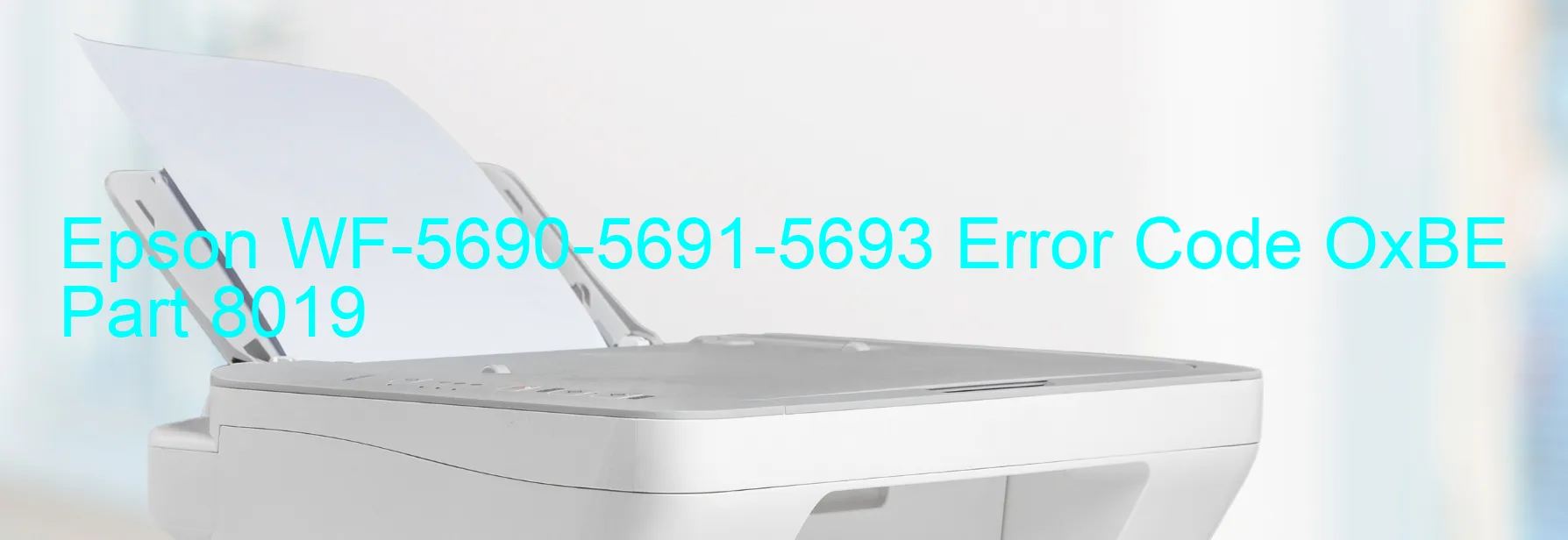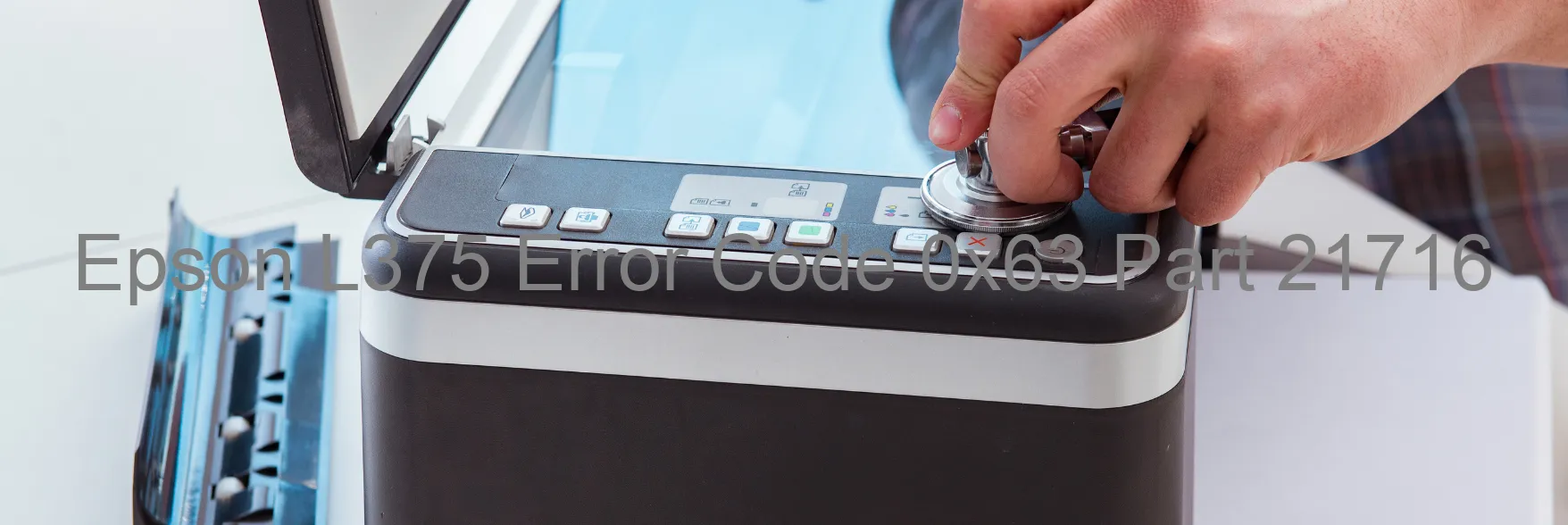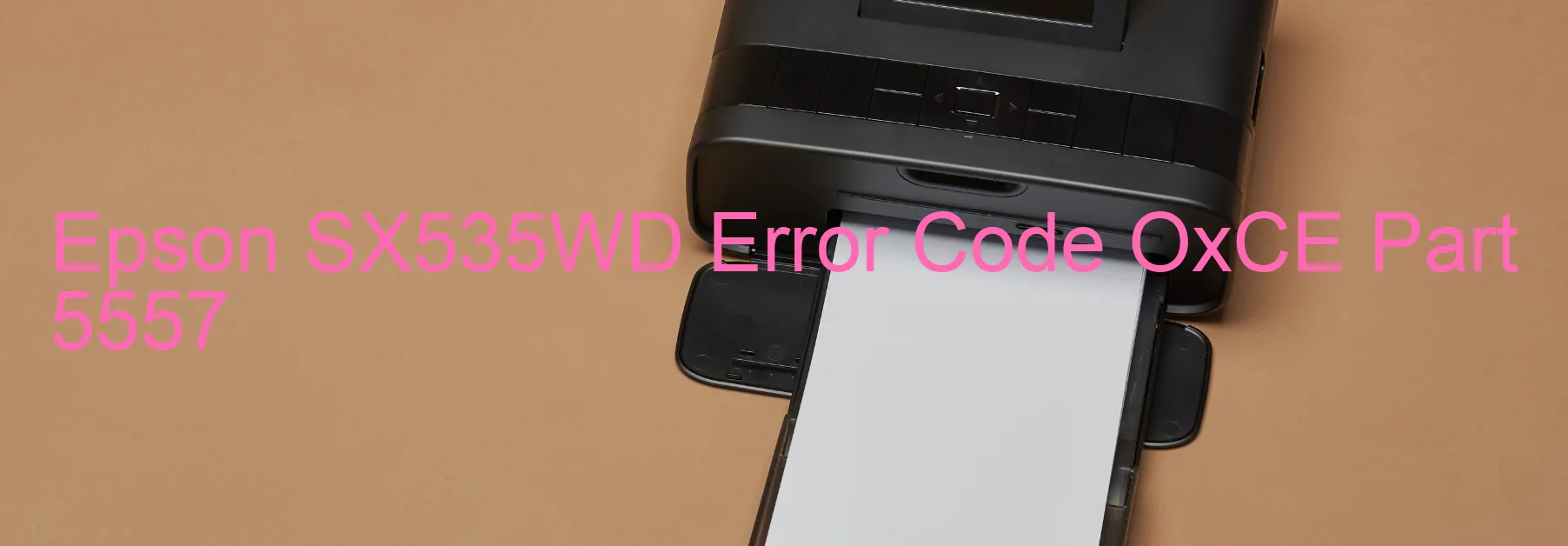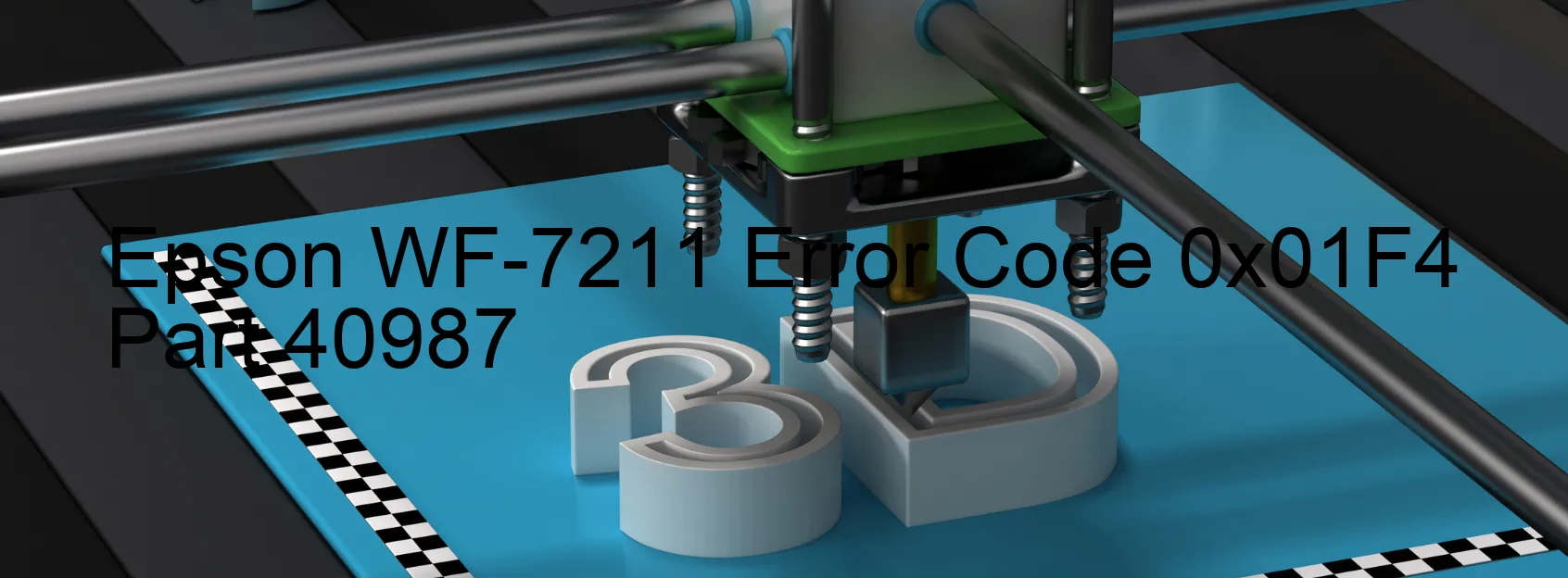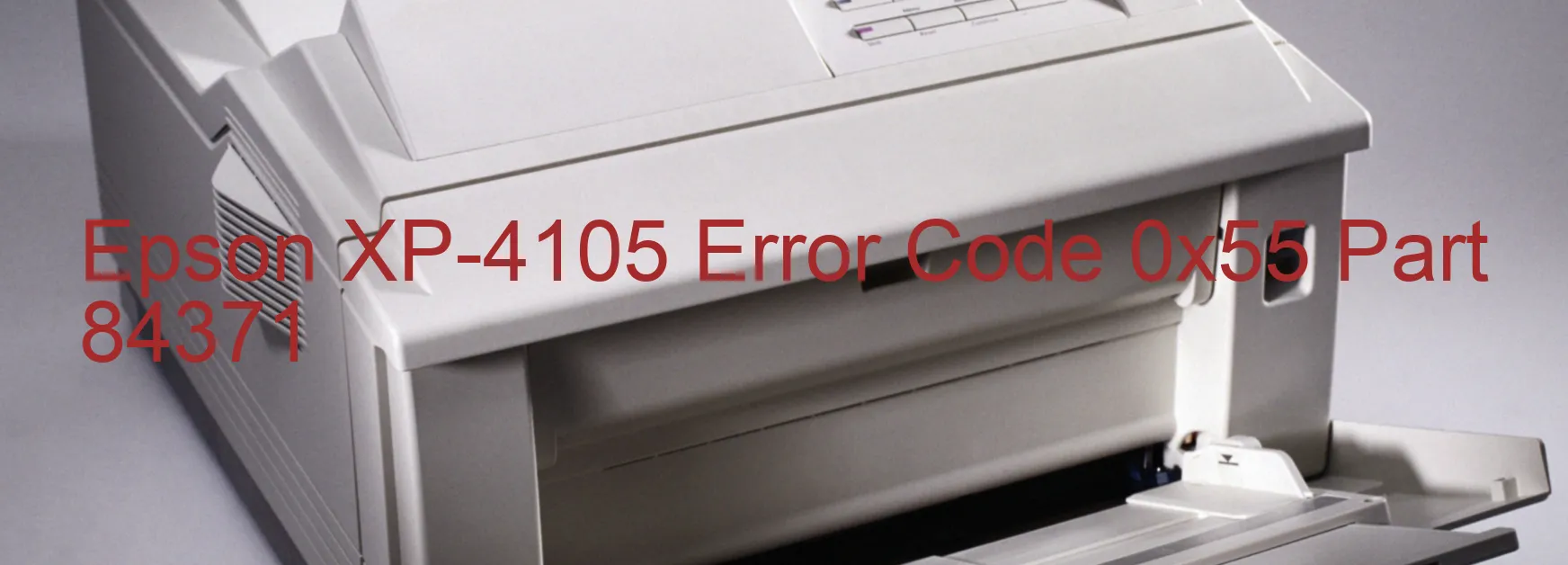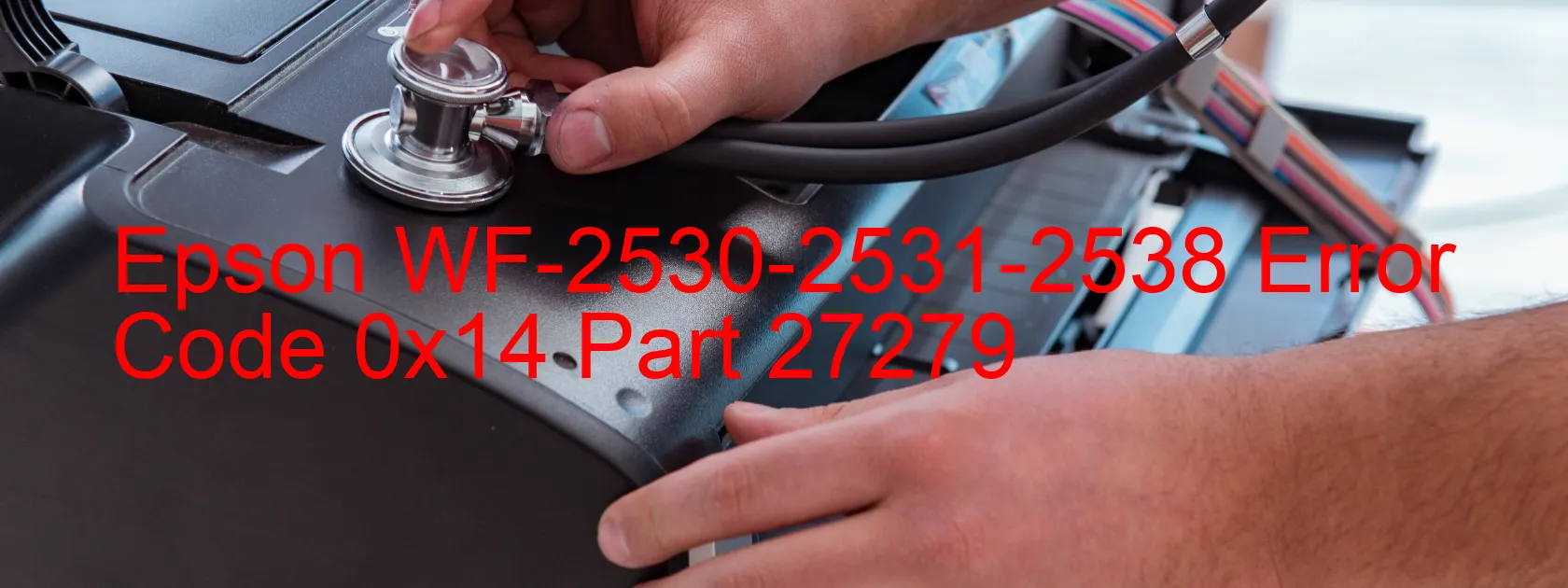Epson WF-100 Error OxEA
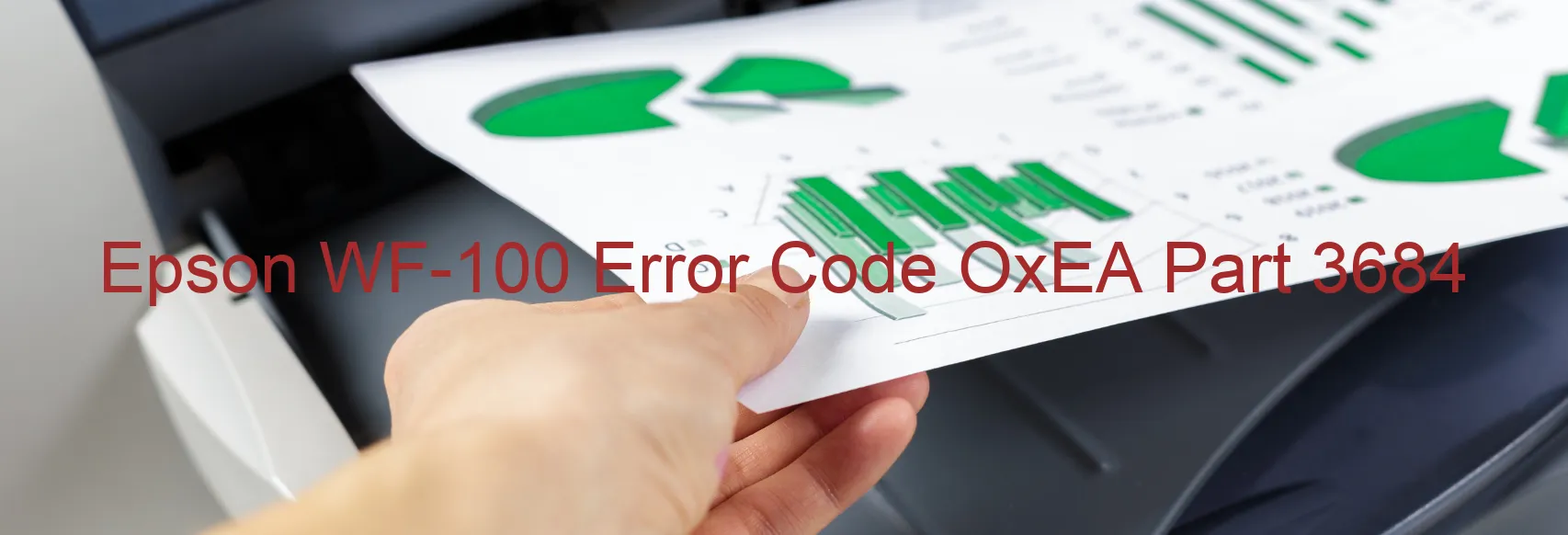
The Epson WF-100 Error code OxEA, also known as the CR LOAD POSITION excess load error, is an issue that may occur with your printer. This error indicates a problem with the CR (carriage) load position, which can be caused by various factors.
One possible cause is a CR encoder failure. The encoder is responsible for keeping track of the position of the carriage. If it fails to function correctly, the printer may not be able to determine the precise load position, resulting in an error.
Another potential cause is a CR motor failure. The CR motor is responsible for moving the carriage back and forth. A malfunctioning motor can cause excessive load on the carriage, leading to the error code.
Carriage overload is another factor that can trigger this error. If the carriage becomes overloaded with too much weight or materials, it puts strain on the printer’s components and can result in an error.
A tooth skip or improper tension of the timing belt can also lead to OxEA error code. The timing belt is responsible for ensuring proper movement of the carriage. If it skips a tooth or has incorrect tension, it can cause the carriage to be in the wrong position, triggering the error.
Lastly, a cable or FFC (Flexible Flat Cable) disconnection can cause an OxEA error. If the connection between the carriage and other printer components becomes disrupted, the printer may not be able to accurately detect the load position, resulting in an error.
To troubleshoot this error, it is recommended to check the printer for any obstructions and remove them. Ensure that all cables and FFC connections are securely plugged in. If the error persists, it is advisable to contact Epson customer support for further assistance or consider taking the printer to an authorized service center for professional repair.
| Printer Model | Epson WF-100 |
| Error Code | OxEA |
| Display on | PRINTER |
| Description and troubleshooting | CR LOAD POSITION excess load error. CR encoder failure. CR motor failure. Carriage overload. Tooth skip or improper tension of the timing belt. Cable or FFC disconnection. |
